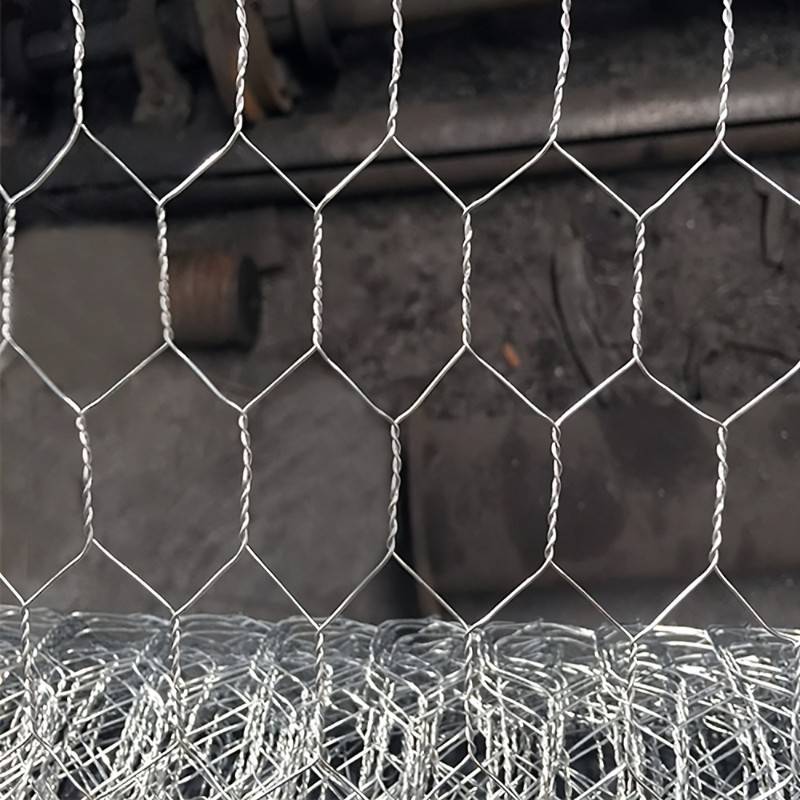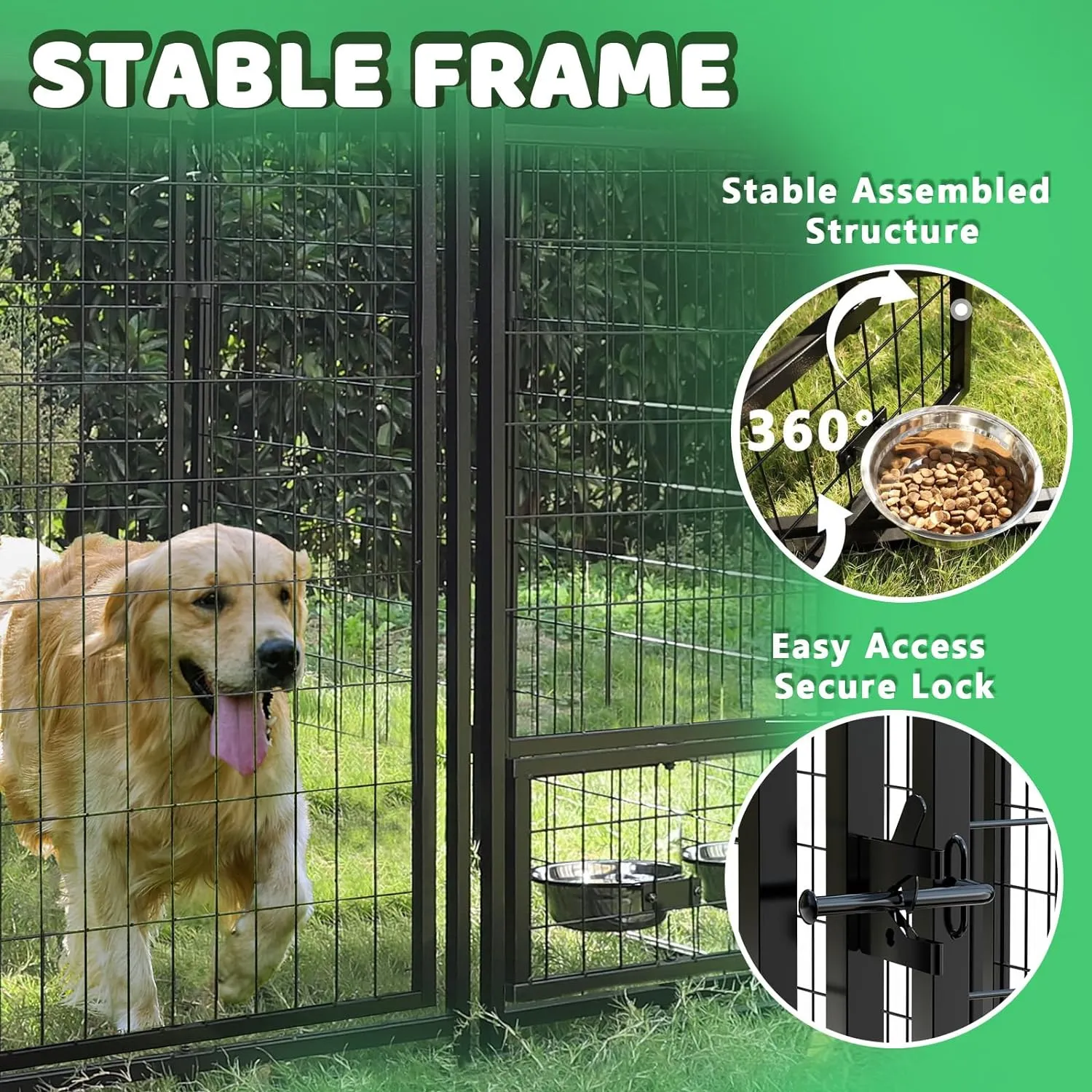Industrial steel grating plays a pivotal role in the infrastructure of numerous industries, serving as an essential component that combines superior strength, durability, and versatility. With extensive expertise in the field of industrial materials, this article delves into the unique attributes of steel grating, providing insights that underscore its significance and multifaceted applications in modern industry.

Steel grating is renowned for its unparalleled durability and strength-to-weight ratio. Manufactured from a mixture of carbon steel, stainless steel, or aluminum, industrial steel grating is designed to endure the rigors of heavy-duty environments, ensuring longevity and resilience. This durability makes it particularly appealing for industries that demand reliable infrastructure and safety, such as oil and gas, chemical processing, and transportation.
One of the key advantages of industrial steel grating is its unparalleled versatility. Engineered to accommodate a wide range of specifications, it is available in various types, including bar grating, plank grating, and expanded grating. Each type offers distinct benefits, meeting the specific requirements of different applications. For instance, bar grating is typically used for platforms, walkways, and stair treads due to its excellent load-bearing properties and ease of installation. Alternatively, plank grating offers a non-slip surface, making it ideal for environments where safety is paramount.

Expertise in the production and application of industrial steel grating highlights its role in facilitating safety and security. The open grid design of steel gratings ensures optimal drainage, thereby minimizing the risk of hazardous accumulation of liquids and debris. This feature is crucial in environments prone to wet or oily conditions, mitigating slip hazards and promoting a safer workplace. Furthermore, steel grating can be customized with additional safety features, such as nosing on stair treads or serrated surfaces for improved traction, enhancing workplace safety.
Authoritativeness in the field of industrial materials underscores the compliance of steel grating with strict industry standards and regulations. Leading manufacturers adhere to the highest quality benchmarks, such as those laid out by the American National Standards Institute (ANSI) and the Occupational Safety and Health Administration (OSHA). Compliance ensures that the grating meets specified load and deflection requirements, providing peace of mind for engineers and architects who prioritize safety and regulatory adherence.
industrial steel grating
Trustworthiness in the use of industrial steel grating extends to its environmental impact. As industries shift towards more sustainable practices, many steel grating products now feature recycled content, making them an eco-friendly choice. The durability of steel also means less frequent replacement, reducing material consumption and waste over time. This sustainable approach aligns with the growing demand for responsible sourcing and environmental stewardship in industrial operations.
In high-security environments, steel grating’s robustness is complemented by its potential for integration with security measures. For installations requiring heightened security, grating systems can be fitted with security tops or fencing, offering an additional layer of protection against intrusion. This adaptability makes steel grating an invaluable component in sensitive facilities such as data centers, military sites, and correctional facilities.
For industries with specific aesthetic requirements,
steel grating is available in various finishes. Galvanized, painted, or stainless steel options cater to environments where appearance is as important as functionality. These finishes not only enhance the aesthetic appeal but also offer additional protection against corrosion and environmental wear, ensuring that the grating remains as effective as it is attractive over time.
As industries evolve and face new challenges, the deployment of industrial steel grating demonstrates a synthesis of functionality, safety, and sustainability. Its selection and specification require a comprehensive understanding of the environment and application, commanding expertise in material science and structural engineering. By offering unmatched strength, versatility, and environmental benefits, steel grating continues to be an indispensable resource, supporting the infrastructure and safety of industries worldwide.
























